|
We've all seen it: the tissue paper carnage that results from Christmas mornings, birthdays, baby showers and wedding showers. Giant clouds of tissue paper get stuffed into big garbage bags to be put on the curb, bound for the landfill. Tissue paper is one of those grey area products when it comes to recycling. Some municipalities won't recycle tissue paper because it often contains additives - like wax, glitter or foil - that are problematic in the recycling process. We can, of course, reuse tissue paper in our own gift wrapping and packaging, but in doing so, we can't be certain that it won't get thrown away. Lucky for us, we don't need to throw away tissue paper or recycle it because there are so many marvelous household and creative uses for the stuff. I'll focus on some creative uses in this post. Tissue paper is marvelous stuff to use in art because you can manipulate it and layer it in so many ways to create really cool effects. I'll show you some examples from my own work. I created these art cards using tissue paper:
You can also use tissue paper to make something called "crystalline paper". All you need is some gloss medium and some freezer paper to use as a work surface. To learn how to make it, check out this easy tutorial about how to make crystalline paper, or watch this video about how to make crystalline paper. Look how super fun it is:
This just scratches the surface of all the marvelous creative things you can do with tissue paper. And the great thing is, it's no problem to store because you can smush it into whatever space you have available!
4 Comments
A year ago, my husband, Dan, and I bought a comfy new couch to replace an old pine futon we had inherited from friends many moons ago. The futon sat in the basement for a while as we avoided figuring out what to do with it, until we finally got tired of maneuvering around it and had to decide its fate. Unfortunately, the mattress went to the dump . . . it's pretty hard these days to find anywhere to donate a used futon mattress, and I was too overwhelmed by the thought of trying to upcycle it. But I knew there were tons of things I could do with all that pine from the futon frame. So Dan obliged my whim and kindly dismantled the frame for me. He's so great. A couple months ago, an upcycling project dawned on me for the futon frame wood: bedside tables. For our entire married life, our bedside tables have consisted of whatever we have found around the house that can hold a lamp and an alarm clock. I've never done any real carpentry, but I thought I'd use the futon wood to try my hand at building something a little more spiffy for our bedsides. And hey, I'm always stoked about any opportunity to play with power tools. 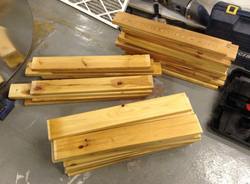 My first step was to sort out all the pieces of the dismantled futon to see if I would have enough wood for two tables. I did! Then I had to remove the staples that had been used in the construction of the original futon. They came out easily with pliers. Here are my pieces of wood, organized and ready to go. 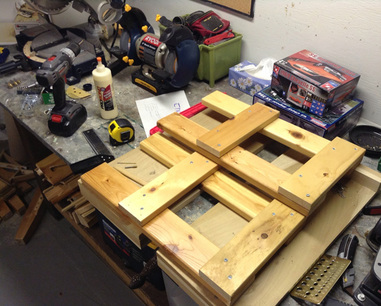 As a carpentry novice, I needed a simple table plan to follow. I'm definitely not smart enough to figure it out by myself. I searched online and found this simple, excellent plan for a plant stand made from a recycled wood pallet. I adjusted it slightly for my rectangular tables, but the instructions were just what I needed. Here are the beginnings of my tables: the side legs. If you look very closely, boys and girls, you can see the tools I used: compound mitre saw (at the top left of the picture), drill, wood glue, tape measure, right angle thingy, countersink bit and drill bits. Oh, and screws of course. 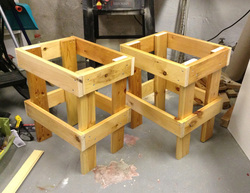 Soon my cutting and measuring started to look like tables, and to my delighted surprise, they didn't even wobble! It was at this stage that I decided I would leave the tables unpainted: I like the rough quality of the pine and the curious dings and holes that show the wood's original purpose. And here's the finished product: sturdy tables with shelves underneath for books and stuff. I'm thrilled with the results. I love the fact that I have some upcycled furniture that's truly functional, that I made myself. Furniture that has served our home continues to serve us in a new way.
(I saved the thick wire staples for another project.) I also used the dismantled crate pieces to add extra shelving to some of the crates. Hopefully the photo gives you an idea of some of the things I did. As you can see, my little orange crate shelving system has allowed me to store a lot of beads! And I get a kick out of the fact that my studio has some upcycled storage.
I have used orange crates in other ways for studio organization, but I'll save that for another day. I don't want you to get over-excited! Valentine's Day is next week, and people who are much nicer and more romantic than I am will give gifts to their significant others. So this is as good a time as any to talk gift wrap. I'm ambivalent about wrapping paper, gift bags and other gift wrapping stuff. It's so nice and spirit-lifting to get a package beautifully and thoughtfully wrapped. The moment ends, however, as soon as you tear apart the wrapping paper or yank the tufts of tissue paper out of the gift bag. All too often, the lovely packaging ends up in the garbage. Some conscientious gift-receivers carefully unwrap their presents, being extra careful to pull the tape off without tearing the paper, and then neatly fold it for another use. But let's face it: lots of people don't. I have a few gift wrap ideas that are cost-effective and perhaps more eco-friendly. 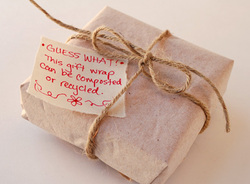
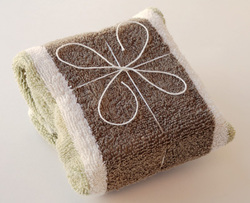
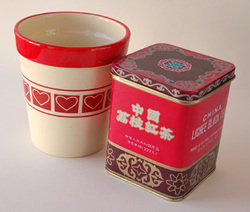
If none of the above mentioned ideas strike your fancy, you could try any of these: reusable shopping bags, tote bags, newspaper or comics pages (recyclable), teacups, mugs or photo boxes. There are lots of ways to make your presents look pretty without spending much money or creating much waste.
|
Details
Jane Hogeterp Koopman
Subscribe to Jane's Blog by RSS or email:
Categories
All
Archives
January 2018
Stuff I love:
|
Proudly powered by Weebly

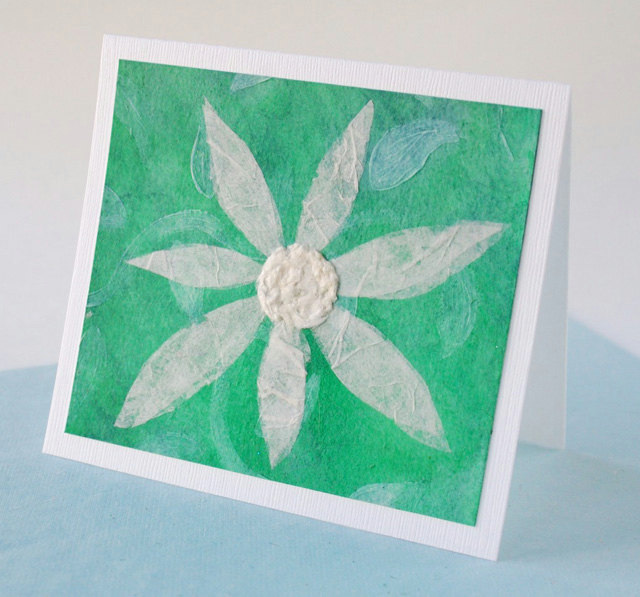
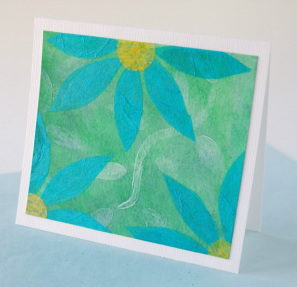
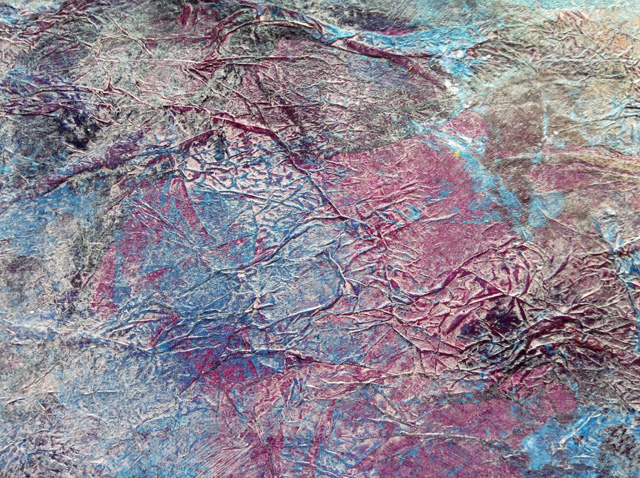
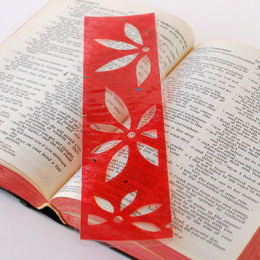
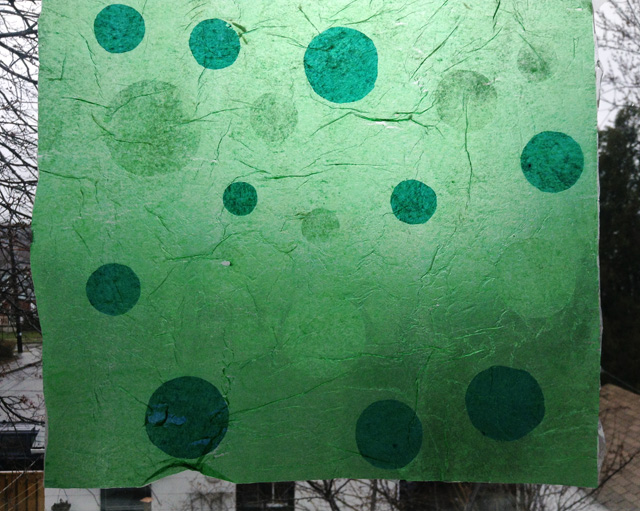
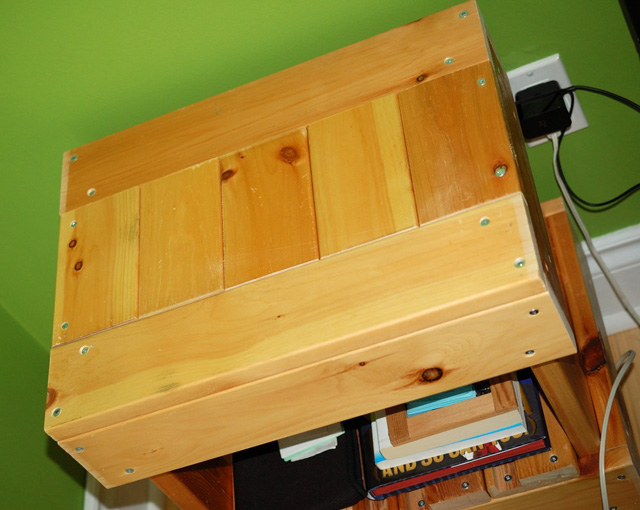
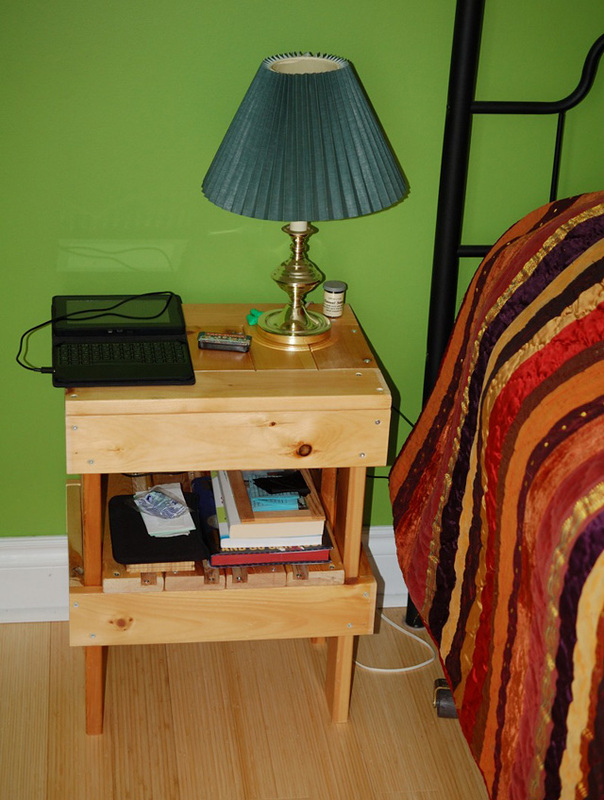
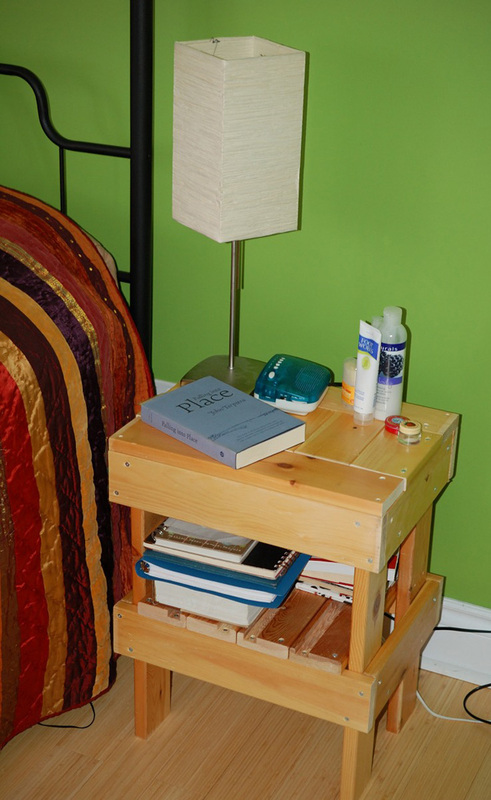
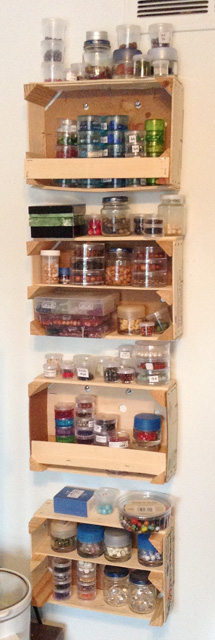
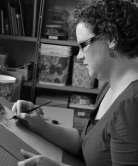
 RSS Feed
RSS Feed